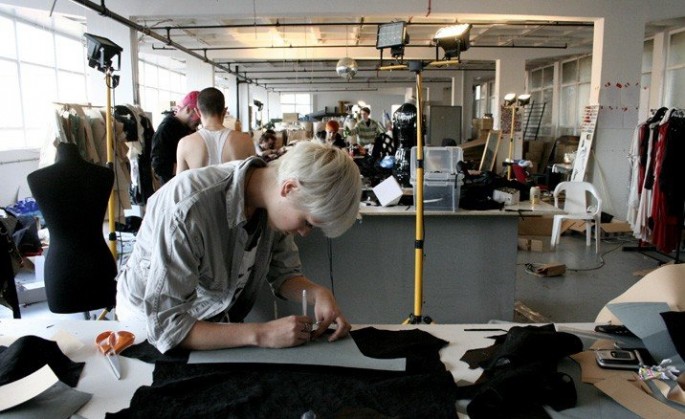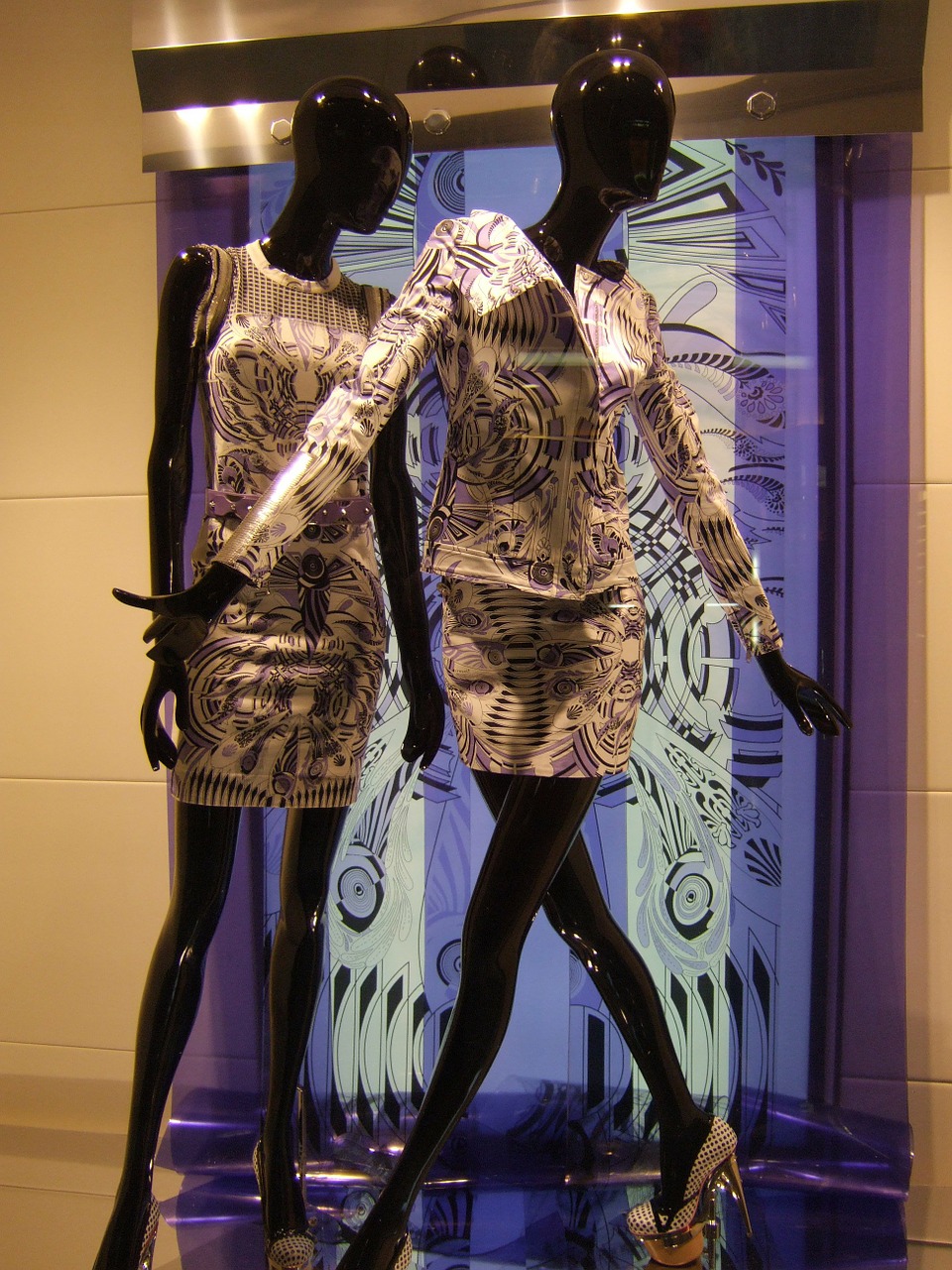A lot of young designers find themselves pressured to introduce fresh ideas every season, frantically trying to reinvent their brand with each subsequent collection. This way they hope to prove their creative worth, which, supposedly, should guarantee their label’s commercial success. Unfortunately, many of these up-and-coming couturiers are in for a reality check, as things don’t normally work that way.

Figure out what sells best and revisit these styles each season, bringing them back in new colors and fabrics
Now, it’s no secret that apparel collections usually have several tiers. The base is comprised of items that remain in demand season on season. These are staples, best-sellers that provide fairly predictable revenue and grow to become a part of your brand’s signature aesthetic. Then there’s the middle – reinvented, reinterpreted, and refreshed shapes and silhouettes that have fared quite well before. Finally, on the top we have the most inventive, avant-garde, bold, and luxurious designs worthy of editorials in the world’s leading magazines. Though these garments are usually quite expensive, they have a low profit margin. So, essentially, they serve as an ad for your line, driving customer and buyer interest.
The harsh truth is: most of beginner designers are more concentrated on generating new styles (the top level) than analyzing their previous sales reports. As a result, they have absolutely no idea what their label’s base is, thus, dooming their brands to drowning in the quicksand of fashion oblivion.
However, identifying garments that form the foundation of your line’s sustainable success is one thing. Knowing how to use this information to your advantage is another. This is particularly true for young fashion labels. Since their staple items are not yet embedded in consumers’ (and retail buyers’) minds, their best bet for gaining recognition lies in resorting to creative pricing strategies. One of the most efficient, and daring, of these is known as loss leader pricing. The idea behind this approach is to sell products at a low, if any, profit margin to pull clients in and get them hooked on your brand.
If used wisely, loss leader pricing can give a budding fashion business a substantial boost. First of all, such an enticing offer is a great way to generate some much needed buzz around your brand name and gain wider exposure and recognition. Secondly, a well-chosen loss leader will effectively lure in new customers/buyers. And once you have their attention, you can capitalize on the opportunity by convincing them to buy other items, thus, making up for the profit you had to sacrifice on the special offer position. In addition, introducing loss leader pricing can help you sell off left over stock – especially if you have inventory from previous seasons or way too many units of a certain garment from the new collection.
On the other hand, loss leader pricing has its drawbacks. For instance, your clients may resort to “cherry picking” – they’ll patiently wait for offers and bargains, refusing to buy your product at a usual price or invest in items that are not on sale, thus foiling your strategy. There is also a possibility that the customers will stock up on the discounted garment, which means they won’t be returning anytime soon.
To minimize risks associated with introducing the loss leader, follow advice offered by seasoned retailing experts.
– Before committing to this strategy, audit your business to gauge your label’s financial health. Then set your loss leader price and calculate how much money you might lose if nobody buys anything else besides the discounted product. Will you be able to make ends meet if the worst case scenario does play out? Go ahead only if your answer is a resounding “yes”.
– The star of the show – your loss leader – should be an item that strongly appeals to your core demographic or to the target audience you are trying to attract.
– Revisit your merchandising approach and make sure you display the pricier products (the top of your collection) close to the garments on sale. Better yet, market them together, further enticing clients to splurge on a luxury item after they’ve saved on the loss leader. If you’re selling to boutique buyers, adopt your pitch accordingly.
– Closely monitor the situation to evaluate whether your pricing strategy is having the desired effect. Do customers who buy discounted items purchase other products as well? Count your gains and make conclusions to do better next time.
Take a look at this: Artane




About The Author: BridgeShowroom
Since 2011, BRIDGE SHOWROOM has been representing Europe's finest designers in America.
We are partners, linking together retailers and designers.
More posts by BridgeShowroom